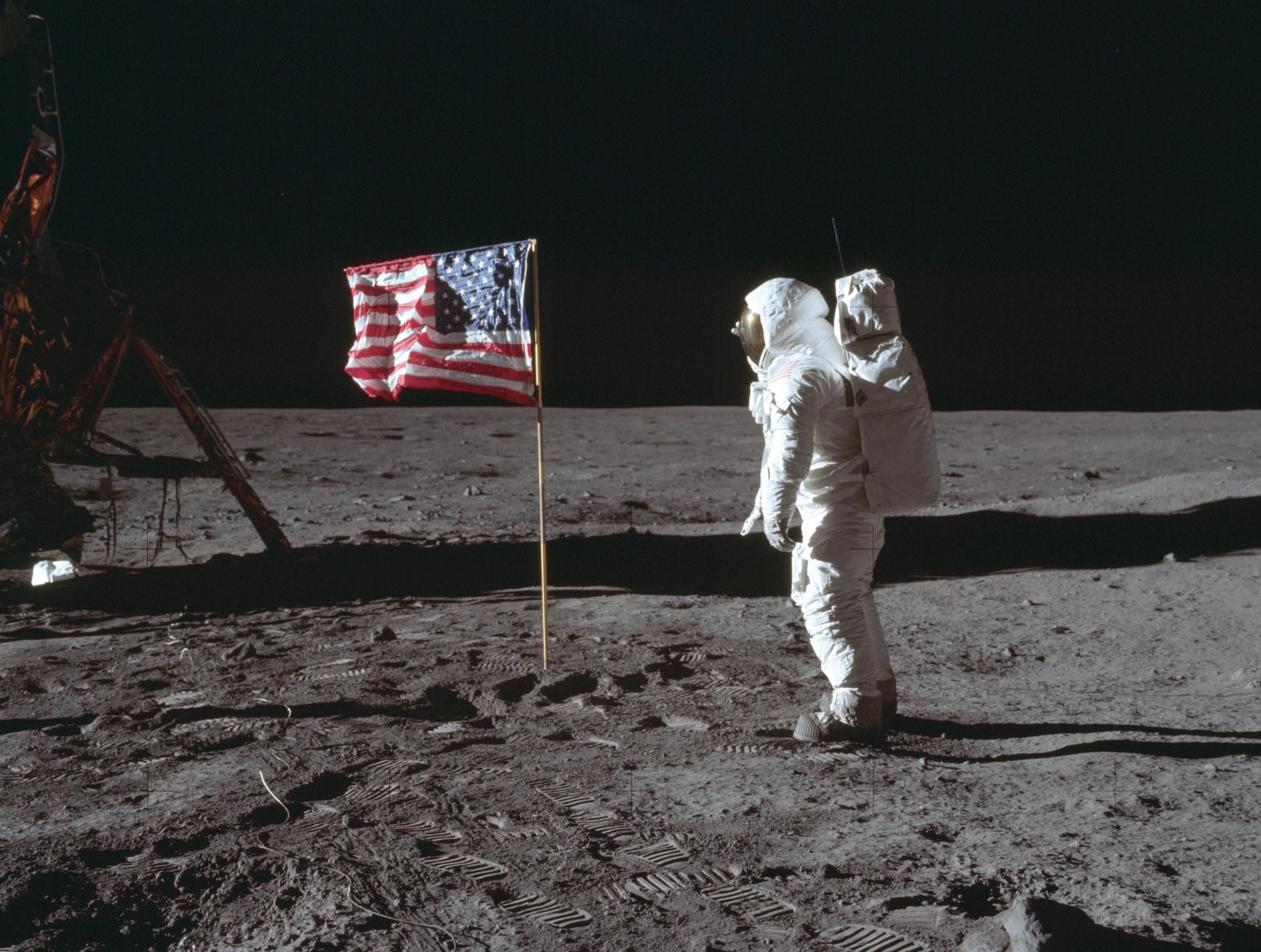Apollo 11 moon landing samples could have been stolen and sold on black market, scientists say
'It was a pain collecting it every day and putting it into the safe'

Moon rock samples could have been stolen and sold on the black market, scientists were warned after the Apollo 11 mission.
The concern led Nasa to require that the dust and rocks taken from the lunar surface were kept under lock and key when they made their way to Britain.
It is just one of the complex and difficult procedures that have been revealed as the 50th anniversary of the Moon landing approached.
After the Apollo 11 samples were carried back down to Earth and Nasa had taken delivery of them, the specimens were sent around the world both to further scientific work and to ensure good diplomatic relationships.
Dr Grenville Turner got one of the first 16 lunar specimen allocated to research groups in the UK. According to the 82-year-old, Nasa insisted safes were used to store fragments, and sent security personnel on a visit to ensure they were being handled appropriately, amid concerns that they could be illegally traded.
"They were worried about the black market in moon rocks and so they had these rules about storage facilities and they also had very careful legal contracts so that we couldn't sell them," Dr Turner told PA.
"They sent security people round to check how you're looking after them and a lot of my samples were held in glassware.
"We had to have a safe and I had an alarm system on them.
"When the first ones arrived I spoke with a local safe person to lend me a safe and fix it up so that it would contact the police if someone tried to break into it but we just did that until we got our own safe.
"We had to keep a very strict list of when samples were split into different amounts one way or another and we had this great long table of the sequence of events.
"That wasn't a problem until you had to send things back and you had to fill in all these forms.
"They weren't difficult, they just wanted to make sure that there wasn't a black market.
"I think there have been examples when some have been sold and they have got onto it pretty quickly."
Dr Turner was in his 30s when he enlisted to work out the age of rocks taken from the moon by astronauts Neil Armstrong and Buzz Aldrin during the Apollo 11 landing in July 1969, a moment that propelled his career and led to him being elected to the prestigious Royal Society in 1980.
"The thing I was measuring was the age," he explained.
"The basalts which are from the mare regions, the so-called seas, they range from 3.2 billion up to 3.8 billion, but this was a major period of volcanic activity on the moon and after that the amount of volcanic activity decreased."
The scientist, who believes he is only one of two original principal investigators from the UK still living, decided to put the "soot-like" moon dust that he had also received on display in a Sheffield museum, attracting more than 34,000 people.
"I wasn't interested in the soil, that would just screw my equipment up," he explained.
"All I did with the soil is put it on display for a short time in the local museum, I didn't have it on for very long because it was a pain collecting it every day and putting it into the safe.
"The crowd was absolutely astonishing, people trailed all the way around the inside the museum and out onto the street and around the park next to the museum, waiting to see this bit of dirt... it just looked like soot."
After keeping hold of the samples for several years, Dr Turner had to eventually return them to Nasa.
"It's nice to look back and think that you were a part of it," he said of Apollo 11's 50th anniversary.
"I really started to make a name for myself after that, because I had been doing some work on meteorite measuring, meteorite ages, but the community of people who analyse meteorites is actually quite small but then working on the moon and working on a new technique that nobody else has used."
Additional reporting by Press Association
Join our commenting forum
Join thought-provoking conversations, follow other Independent readers and see their replies
Comments
Bookmark popover
Removed from bookmarks